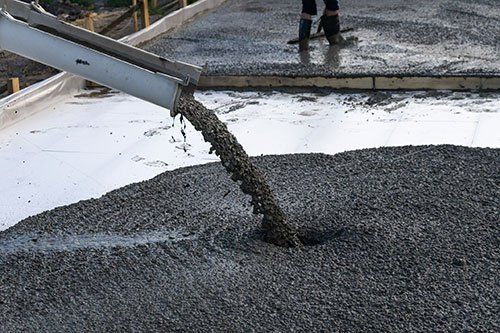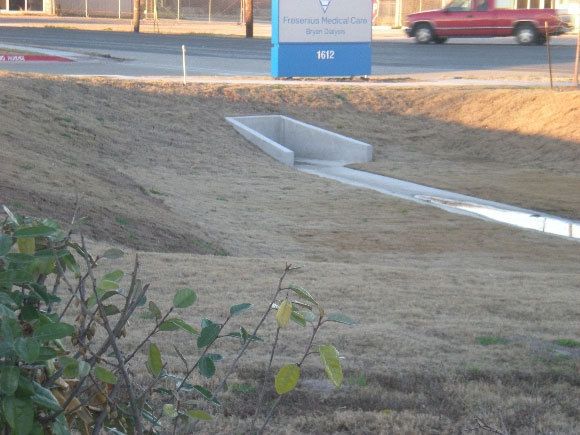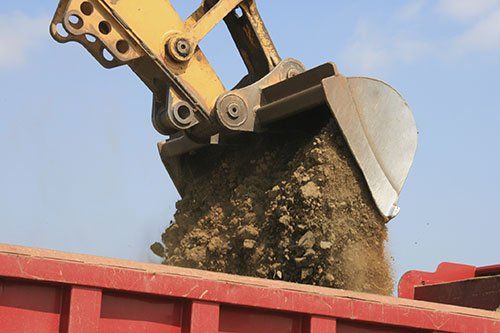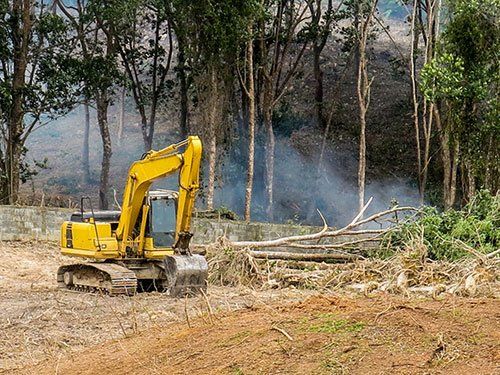When is Land Clearing Needed?
Land Clearing 101:
Land clearing is a critical process for property owners looking to transform their land into a usable, safe, and functional space. Whether you’re planning construction, improving property value, or maintaining safety, understanding when land clearing is necessary can help you make informed decisions.
This guide explores the most common scenarios where land clearing is needed and how it aligns with property goals and local regulations.
What Does it Involve?
Land clearing involves removing obstacles such as trees, shrubs, stumps, rocks, and debris from a piece of land. This process prepares the land for specific uses, improves aesthetics, enhances safety, and ensures compliance with environmental or zoning regulations.
6 Situations Where Land Clearing is Necessary
Here are the key situations where land clearing is essential for property owners:
1. Preparing for Construction Projects
Whether building a home, office, or agricultural structure, land clearing is necessary to ensure a smooth foundation. Removing trees, rocks, and debris creates a stable base for construction and prevents interference during the building process.
2. Agricultural Development
If you’re transforming land into farmland or pasture, clearing the area of vegetation ensures the soil is ready for planting. Removing unwanted vegetation promotes soil health and makes it easier to manage crops or livestock.
3. Improving Property Value
Cleared and well-maintained land is more visually appealing and often increases property value. By removing overgrowth, trash, or unsightly stumps, you can create a clean slate that appeals to potential buyers or tenants.
4. Enhancing Safety
Overgrown vegetation can be a safety hazard, especially when it blocks visibility or poses a fire risk. Land clearing addresses these risks by creating a safer environment for you and your surroundings.
5. Ensuring Compliance with Local Regulations
Many local municipalities or environmental organizations have regulations requiring property owners to maintain clear, safe land. Clearing land ensures compliance and avoids fines or legal complications.
6. Environmental Management & Risk Reduction
Land clearing can reduce the risk of diseases, pest infestations, and wildfires. Strategic clearing also helps manage stormwater drainage, preventing erosion and flooding on your property.
Tips to Begin a Land Clearing Project
Proper land clearing requires planning and expertise. Here’s how property owners can begin the process effectively:
- Evaluate the Site: Assess what needs clearing and establish a clear goal for your project.
- Check Regulations: Research local zoning laws and environmental regulations to ensure compliance.
- Work with Professionals: Hire licensed land clearing specialists to execute the project safely and efficiently using proper techniques and equipment.
- Dispose of Debris Responsibly: Recycle or properly dispose of cleared materials to minimize environmental impact.
Ready to Get Started?
Land clearing is often the first step in transforming your property into something functional, safe, and valuable. By recognizing the need for clearing in various situations and understanding its benefits, property owners can align their goals with professional clearing practices.
Need help clearing your land or unsure where to start? Contact the local land clearing professionals at South Central Concrete to guide you through the process, ensuring efficiency and compliance.
We’re proud to serve property owners across the College Station, Conroe, and Caldwell, TX areas, as well as the nearby communities!






